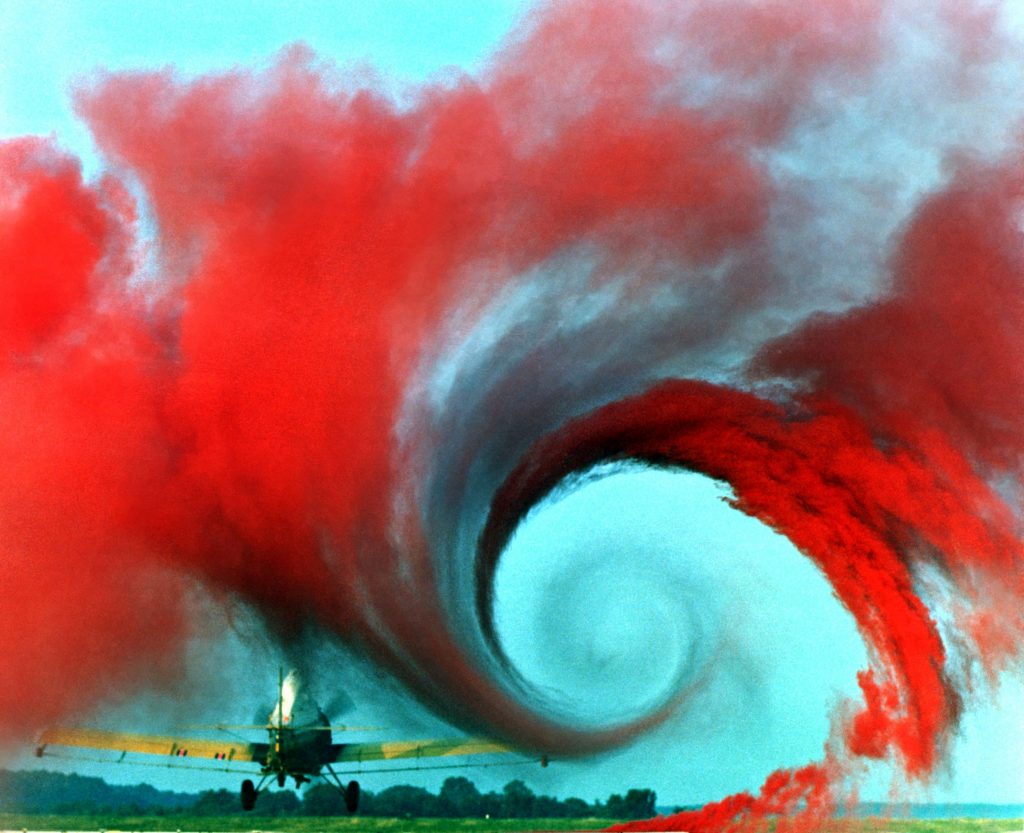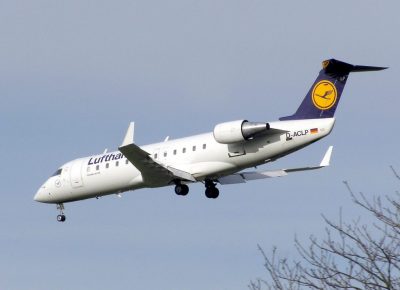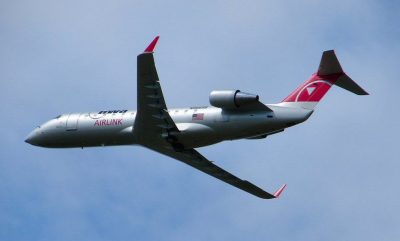
Turbulence can sometimes make passengers air sick. The turbulence is really bad when the aircrew gets sick as well. Such was the case when Air Wisconsin Flight 3833 encountered a Nor’easter while trying to land at Washington Dulles Airport on Friday March 2, 2018

According to www.weather.com, a Nor’easter are storms where the wind is blowing in a cyclic manner (almost like a massive cyclone) from the northeast direction. The storms are most common in the New England region between September and April. Often cold arctic air is transported down from Canada and collides with warmer air over the Atlantic which has come up via a current from the Gulf of Mexico and Florida. The collision of the cold and warm air causes rotating air to smash into the New England coast. For more details see: https://weather.com/science/weather-explainers/news/noreaster-snow-rain-wind-northeast-explainer

This past weekend a Nor’easter pummeled the Washington DC area. Passengers attempting to land at Washington Dulles were greeted rudely by the storm. The captain transmitted to the Aviation Weather Center that not only were the passengers ill, but the crew was on the verge of air sickness.
The Aeronautical Information Manual (http://www.faraim.org/aim/aim-4-03-14-475.html) categorizes types of turbulence as follows:
Light: Turbulence or Chop
Moderate: Turbulence or Chop
Severe Turbulence
Extreme
In severe turbulence, “passengers are forced violently against seat belts or shoulder straps”. Extreme turbulence is defined as, “Turbulence in which the aircraft is violently tossed about and is practically impossible to control. It may cause structural damage.” It appears from the news articles that passengers experienced either severe or extreme turbulence (http://ktla.com/2018/03/02/pilot-reports-that-pretty-much-everyone-threw-up-while-landing-during-storm/)
One of the challenges for aircrews is to fight, “Get Home-it is”. This is the internal pressure to press ahead with a mission, in order “to get home”. The pressure can be compounded by airlines desiring to get passengers to their destination in order to avoid costly re-routing.

This particular flight used a Bombardier CRJ200, which seats approximately 50 passengers and has two pilots. So this was not a large airliner, but rather a small regional jet. Obviously, the smaller the plane the more susceptible it is to turbulence. If you have not heard of Air Wisconsin, you are not alone. This is a small carrier doing contract work for United Airlines as United Express. This is a common tactic used by the larger airlines to cut costs.

It appears that all survived the ordeal. But I have to question the pilot’s decision to press ahead. A diversion to a safer landing site seems to have been the more prudent route.
